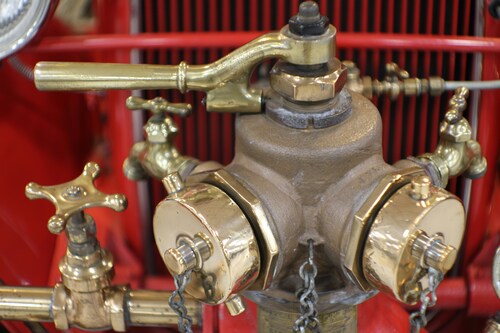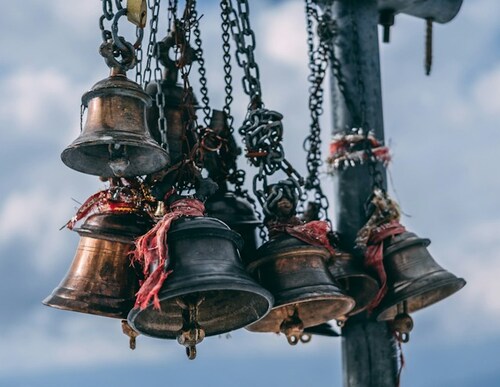In industrial engineering, precision is paramount. Every component within a system must operate with exactitude to ensure seamless functionality and maximum efficiency. Among these crucial components, butterfly valves are indispensable assets, orchestrating fluid control with finesse. In Australia, where industries span from mining to water management, the role of precision engineering cannot be overstated. This article delves into the significance of butterfly valves in optimising systems across Australia, exploring their applications, advancements, and impact on industrial operations nationwide.
The Versatility of Butterfly Valves:
Butterfly valves in Australia exhibit unparalleled versatility for numerous industrial processes. These valves, characterised by a rotating disc to regulate flow, find application across various industries, including oil and gas, chemical, water treatment, and more. In Australia, where diverse sectors thrive, the adaptability of butterfly valves becomes particularly pronounced. From controlling water flow in municipal systems to managing corrosive substances in chemical plants, they serve as linchpins of efficiency and reliability.
Enhancing Efficiency in Mining Operations:
Precision engineering is instrumental in streamlining operations and bolstering productivity in Australia’s vast mining landscape. Butterfly valves are pivotal in this regard, facilitating the regulation of various fluids crucial to mining processes. Whether controlling slurry flow in mineral processing or managing water for dust suppression, the precision of butterfly valves ensures optimal performance, minimising downtime and maximising output. Moreover, advancements in design, such as corrosion-resistant materials and enhanced sealing mechanisms, further augment their efficacy in harsh mining environments.
Safeguarding Water Resources:
Australia’s arid climate underscores the importance of efficient water management. Butterfly valves contribute significantly to this endeavour, enabling precise control over water distribution networks, irrigation systems, and wastewater treatment facilities. With increasing emphasis on sustainability, modern butterfly valves are engineered to minimise leakage and energy consumption, aligning with Australia’s goals for water conservation and environmental stewardship. These valves are vital in ensuring the availability and sustainability of water resources nationwide by optimising water flow and reducing losses.
Enabling Precision in Oil and Gas Operations:
Precision engineering is synonymous with safety and operational integrity in oil and gas extraction. Butterfly valves are crucial in this sector, regulating the discharge of natural gas, crude oil, and different process fluids throughout extraction, refining, and distribution. The reliability and precision of these valves are paramount, as any malfunction can lead to costly downtime, environmental hazards, or safety risks. In response, manufacturers continually innovate, developing robust designs withstanding high pressures, extreme temperatures, and corrosive atmospheres, safeguarding the integrity of oil and gas operations across Australia.
Fostering Innovation and Collaboration:
The optimisation of industrial systems through butterfly valves is not merely a consequence of technological improvement but also a testament to collaborative efforts within the engineering community. In Australia, partnerships between valve manufacturers, engineers, and end-users drive innovation, resulting in tailored solutions that address specific industry challenges. By fostering an ecosystem of knowledge exchange and continuous improvement, these collaborations contribute to the evolution of precision engineering, ensuring that butterfly valves remain at the forefront of industrial optimisation in Australia and beyond.
In conclusion, butterfly valves in Australia represent the epitome of precision engineering, optimising systems across diverse industries. From mining operations to water management and oil and gas extraction, these valves play multifaceted roles in enhancing efficiency, ensuring safety, and promoting sustainability. As industries evolve and challenges emerge, the continued innovation and collaboration within the engineering community will further refine their performance and capabilities, reinforcing their status as indispensable components of Australia’s industrial landscape.



